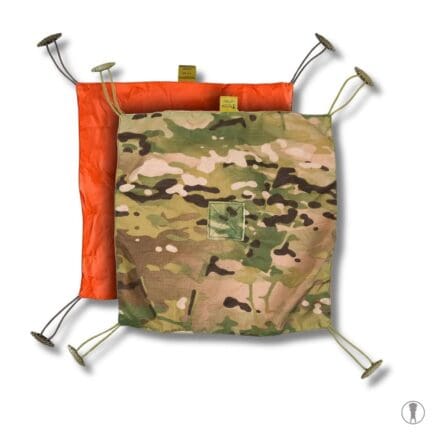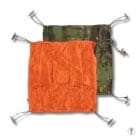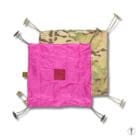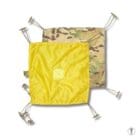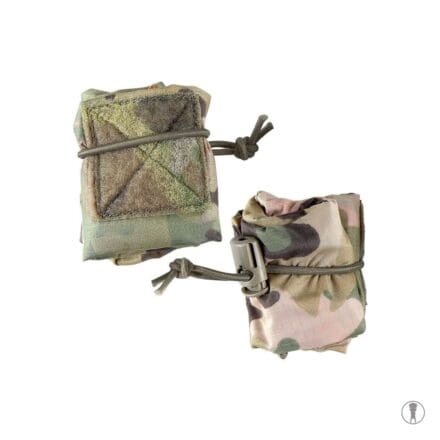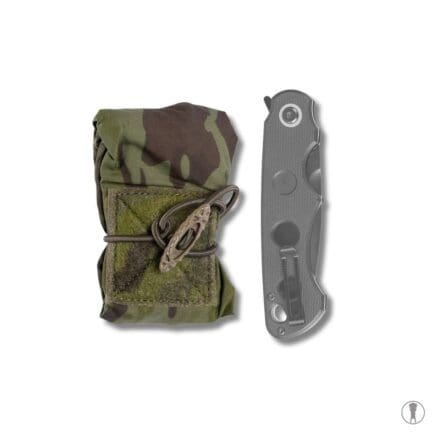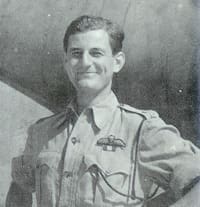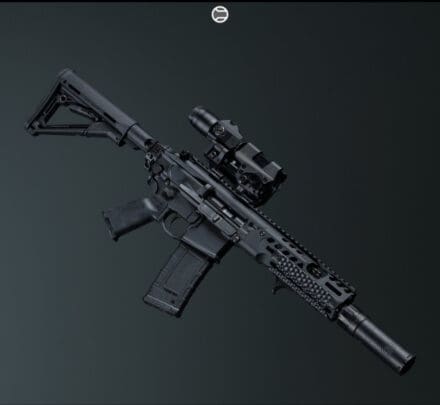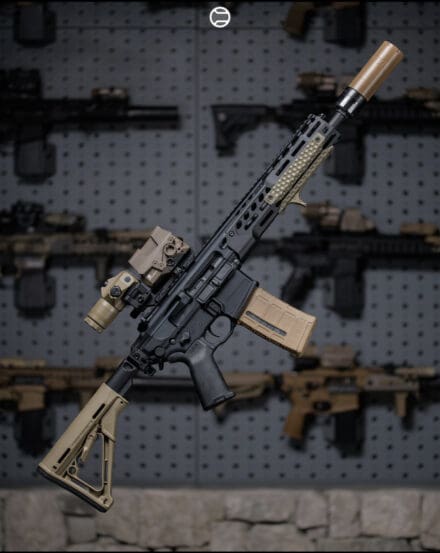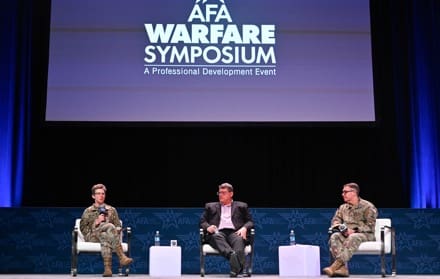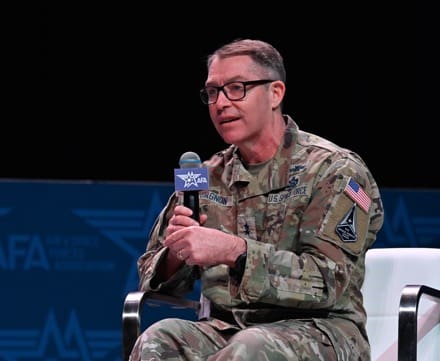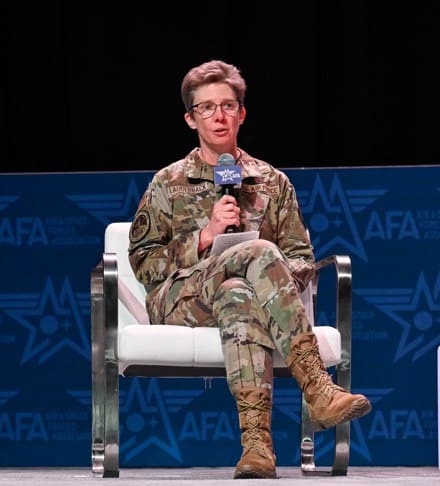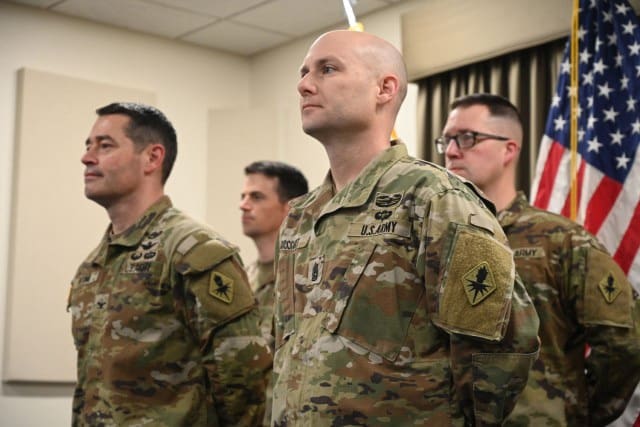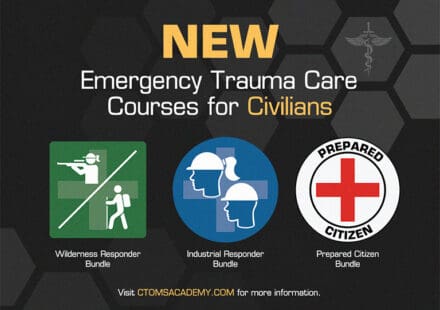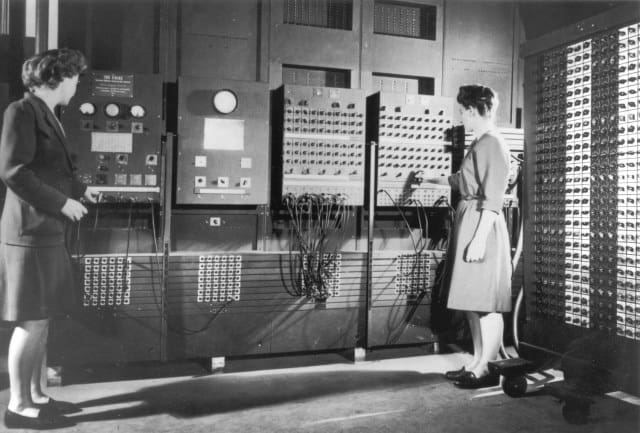
You might be surprised by the number of things you use or rely on in work and play can be traced back to Army ingenuity or investment.
Check out this list to discover some of the many things created for or by the Army.
Food preservation – The Army is renowned for food preparation research. The U.S. Army Natick Soldier Systems Center in Massachusetts specializes in, among other things, sustaining the military’s food.
Anastacia Marx de Salcedo, author of “Combat-Ready Kitchen: How the U.S. Military Shapes the Way We Eat,” says much of the processed food we eat today originated through experiments in an Army laboratory.
The Army’s Quartermaster Corps funded research at the USDA early in World War II to resolve a problem that had stymied Army food scientists – they couldn’t dehydrate cheese to feed soldiers.
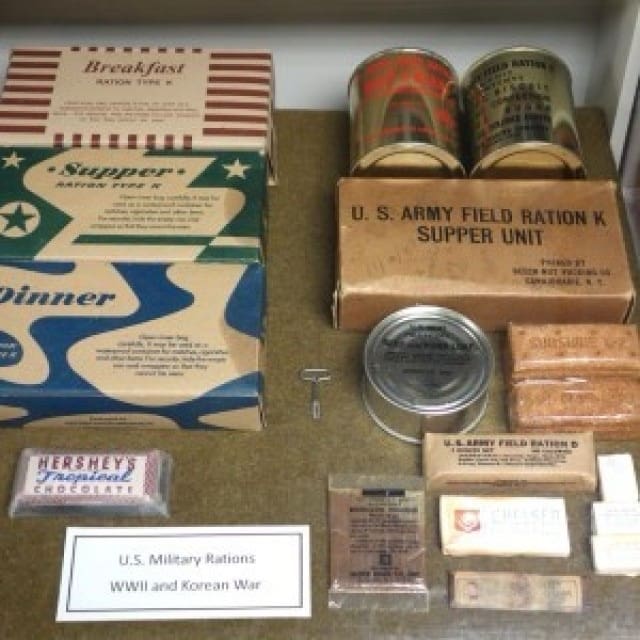
USDA scientist George Sanders came up with the solution, and after the war his method of powdered cheese was used to flavor Cheetos.
The Army also expanded research into high-pressure processing, which de Salcedo says is the application of high pressure to eliminate bacteria in food. Once the food industry adopted the Army’s techniques, it began using them on foods that are produced for public consumption.
One popular product that relies on the pressure process is ready-to-eat guacamole.
In a 2015 interview with National Public Radio, de Salcedo said she realized “that everything in my kids’ lunchboxes had military origins or influence – the bread, the sandwich meat, juice pouches, cheesy crackers, Goldfish Crackers and energy bars,” she said. “In a large sense, l estimate that 50 percent of items in today’s markets were influenced by the military.”
Pringles – The USDA and the Army Quartermaster Corps worked to develop dehydrated potato flakes, which led directly to the production of Pringles potato crisps.
Super Glue – Cyanoacrylate adhesives were initially discovered during World War Il by a scientist at Eastman Kodak Company when the Army was urging American industry to make things to help win the war.
Dr. Harry Coover initially created the new compound in 1942, while striving to create a clear plastic gun sight for Soldiers.
Believing the substance was too sticky, Coover shelved the idea for a decade, but later revisited it while researching material to make jet canopies. This time he realized he had created a super glue, and he filed for a patent.
During the Vietnam War, medical teams caring for severely injured Soldiers realized the material, marketed as Super Glue, was helpful for sealing bloody wounds and to stop bleeding until the patient could be transported to a medical unit for more advanced treatment. Cooper said he took great pride in the fact that his glue saved the lives of many Soldiers injured in combat.
The computer – The Army funded research by John Mauchly and J. Presper Eckert at the University of Pennsylvania into the Electronic Numerical Integrator and Computer. This was the first electronic computer used for general purposes. The Army wanted to calculate artillery firing tables for its Ballistic Research Laboratory. Construction began in 1943. Six women, recruited in 1942 for their math skills, programmed ENIAC.
Electric Razors – A retired Army colonel invented the first electric razor that could be easily manufactured. Jacob Schick patented his invention in 1928.
Duct Tape – In 1943, an Illinois woman with two sons in the military during World War II first visualized how to make a waterproof cloth tape to seal boxes of ammunition.
Vesta Stoudt worked at the Green River Ordinance Plant near Amboy, Illinois. According to Margaret Gurowitz, the chief historian with Johnson & Johnson, workers at the plant saw that the paper tape used to seal boxes of rifle ammo was inferior and hampered how Soldiers in combat opened the boxes, often while under fire.
Stoudt told others how the tape could be improved but didn’t get help from her supervisors. So, she wrote a letter to President Franklin D. Roosevelt, explaining the problem and detailing her idea to solve it with a better tape. According to Johnson & Johnson company history, the president passed her letter on to the War Production Board.
The board approved of the change and asked a Johnson & Johnson operating company to make the product based on its experience in making tape.
The Jeep – The brainstorm for a quarter-ton, four-wheel drive truck designed as a cross-country tactical vehicle originated just before World War II for the infantry. The military considered numerous prototypes from America’s automakers, and during the war, Willys-Overland and Ford Motor Company produced 643,000 Jeeps for Allied forces.
Two-way portable radio – The Army asked Galvin Manufacturing Corporation, (now Motorola) to make a radio that would allow World War II Soldiers on the move to communicate with each other.
The EpiPen – The roots of a self-directed auto injector go back to 1973, when the Army asked a researcher to create an easy-to-use device to treat chemical warfare exposure for troops in the field. Soon after, experts in the medical industry realized that the auto injector device filled with epinephrine could be carried by civilians who suffer severe allergic reactions.
By Jonathan Austin , Army News Service


